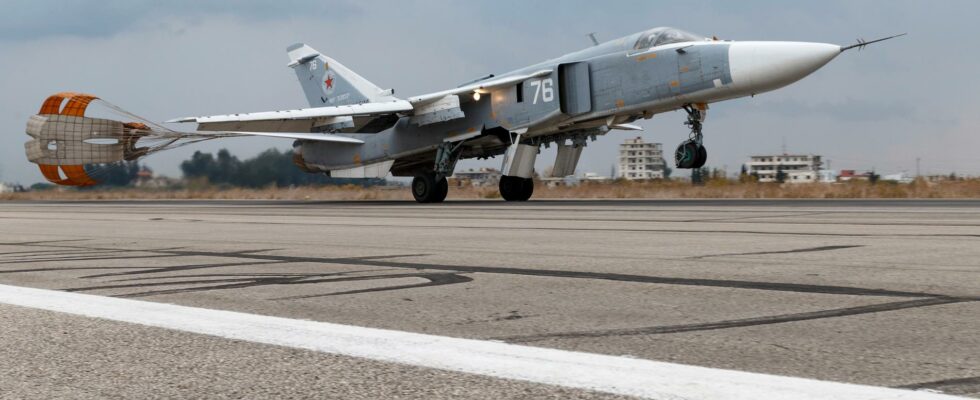unsaveSave
expand-left
full screen The Russian plane was an attack plane of model SU-24, according to the Swedish Armed Forces. Archive image. Photo: Vadim Savitsky/AP/TT
The Russian violation of Swedish airspace was not a mistake, according to Robert Dalsjö, defense policy expert at the Total Defense Research Institute, FOI.
– It’s about security policy body language, he says.
Robert Dalsjö connects the incident to the one that occurred a few days ago, when two Russian bombers and two fighter jets invaded Finnish airspace.
– It was the same pattern as in the mock attack against Sweden in 2013, the so-called Russian Easter. This is no carelessness and no accident. It is Russian signaling policy, where you want to show that you are dissatisfied, he says.
Dalsjö believes that the Russian dissatisfaction concerns Sweden’s and Finland’s NATO membership – among other things.
– They had hoped to have success in Ukraine, but it will not happen and now things look bleaker. And then Ukraine has its peace conference. I think they want to show that they have stuff and that “we can do the damn thing for you if you pug yourself”.
Something that suggests that it is a deliberate violation is that the Russian plane did not respond to Swedish calls.
– They also wanted to see what we did, how we reacted and how quickly.
The Russian plane was a SU-24 bomber.
– It is an attack plan from the end of the Cold War. It is getting old, but is decently potent and it can also be used to drop nuclear weapons, says Robert Dalsjö.
At the same time, he does not want to categorize the violation as a serious incident.
– One should not exaggerate the seriousness. This is what the Russians have been doing for the last 10-15 years. It’s a way of being threatening, but borderline too serious, says Dalsjö.
